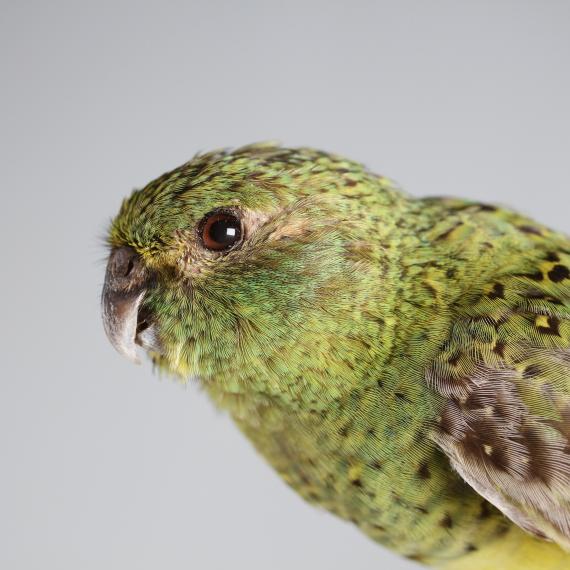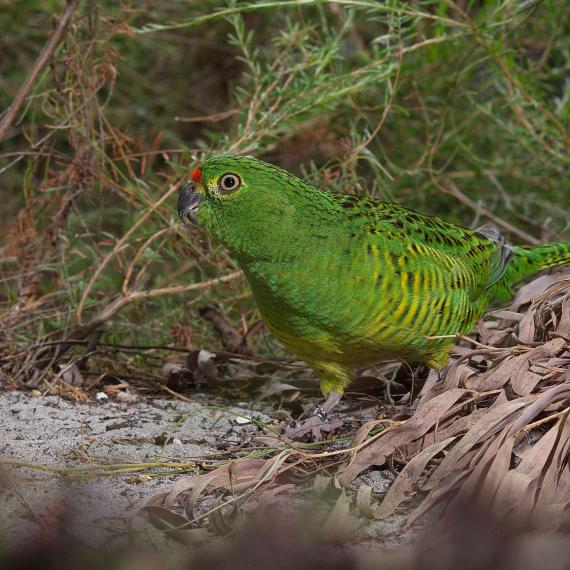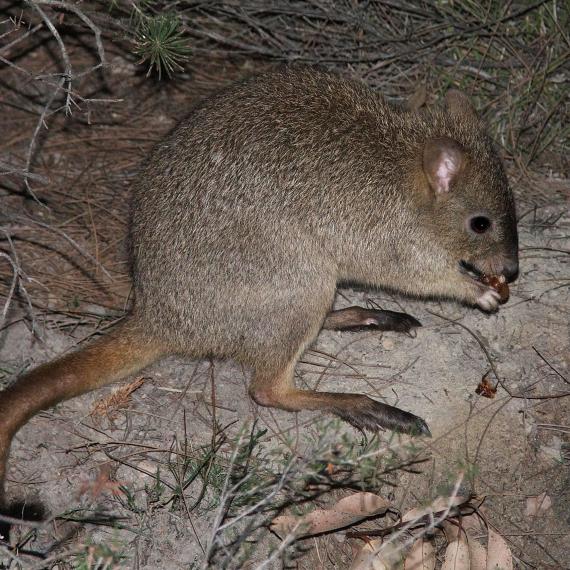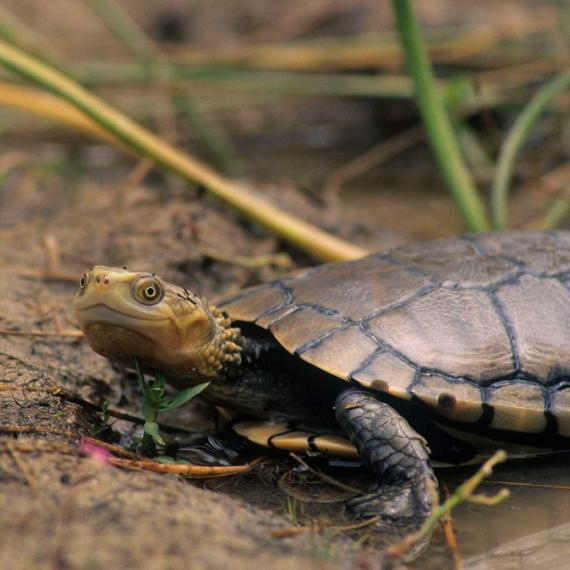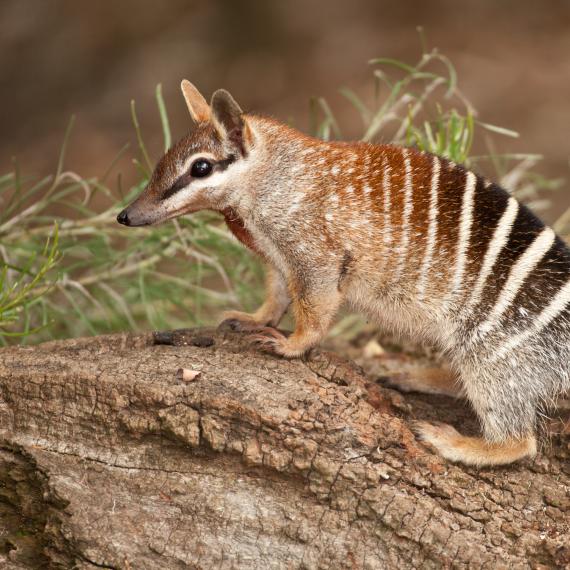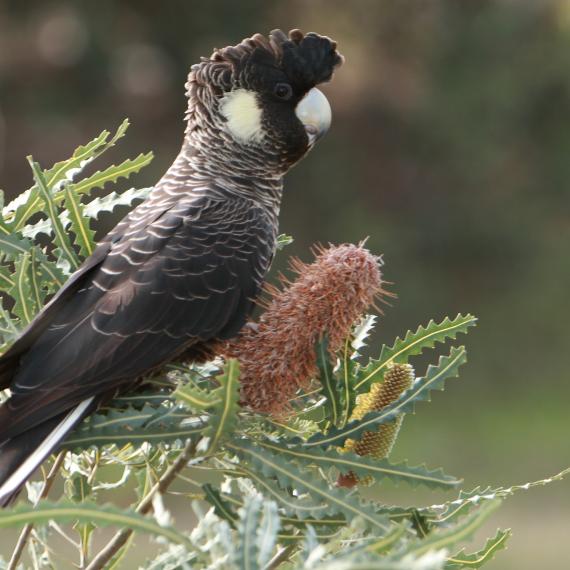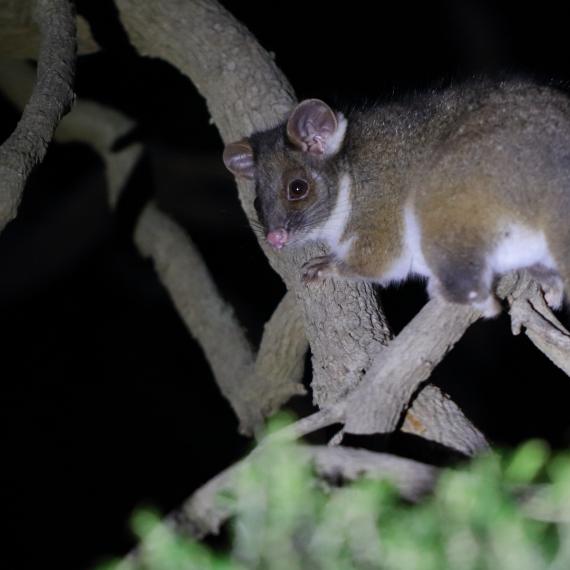Manyjilyjarra Name: Ngarrijirri
Scientific Name: Pezoporus occidentalis
Common Name: Night Parrot
Conservation status: Critically Endangered. This means a species has an extremely high chance of dying out or becoming extinct in the future.
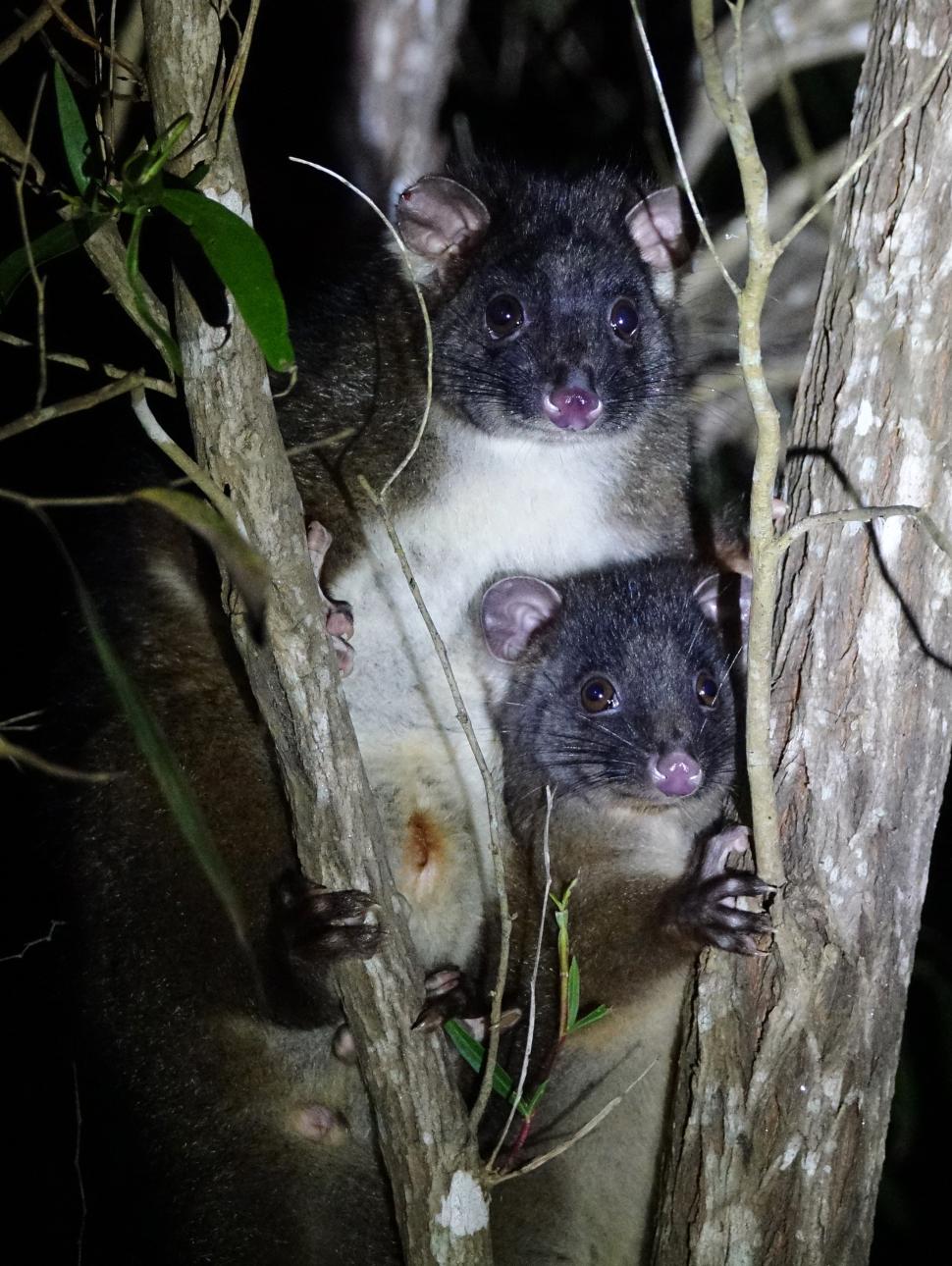
Endangered WA Animals Learning Resource
Why should we care? Because they need us to!
Extinction is hard to see as it happens gradually over time. While it may seem unimportant if we lose a few species from the estimated 9 million species we share the planet with, is it okay that they should be lost in the first place?
Humans are just one of these 9 million species but one which has a huge impact on the lives and continued survival of other species. If we have contributed to species decline shouldn’t we at least do as much as we can to prevent further losses, no matter how small the action?
Western Australia is home to amazing and unique species, many of which are found nowhere else on the planet-kind of like global superstars! It’s really no secret that many of these species close to home desperately need our help if they are going to survive.
Will you spend a few minutes investigating these icons to understand why they need our help and why you should care?
Download the Endangered WA Animals Educational Resource here
Nyoongar Name: Kyorling
Scientific Name: Pezoporus flaviventris
Common Name: Western Ground Parrot
Conservation status: Critically Endangered. This means a species has an extremely high chance of dying out or becoming extinct in the future.
Nyoongar Name: Woylie
Scientific Name: Bettongia penicillata
Common Name: Woylie or Brush-tailed Bettong
Conservation status: Critically Endangered: Means a species has an extremely high chance of dying out or becoming extinct in the future.
Nyoongar Name: Yarkiny
Scientific Name: Pseudemydura umbrina
Common Name: Western Swamp Tortoise
Conservation status: Critically Endangered. This means a species has an extremely high chance of dying out or becoming extinct in the future.
Nyoongar Name: Noombat
Scientific Name: Myrmecobius fasciatus
Common Name: Numbat
Conservation status: Endangered. This means a species is very likely to become extinct in the near future.
Nyoongar Name: Ngoorlark
Scientific Name: Calyptorhynchus latirostris
Common Name: Carnaby’s Cockatoo
Conservation status: Endangered: Means a species is very likely to become extinct in the near future.
Nyoongar Name: Wawding
Scientific Name: Pseudocheirus occidentalis
Common Name: Western Ringtail Possum
Conservation status: Critically Endangered: Means a species has an extremely high chance of dying out or becoming extinct in the future.
